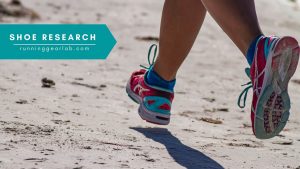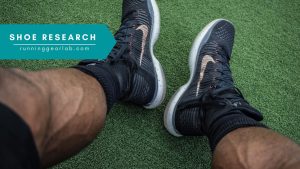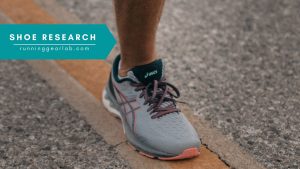Best Running Shoes for Bunions 2025: Complete Guide
Look, if you have bunions and you’re trying to find running shoes, you already know the struggle. Every shoe feels like it’s squeezing that sensitive bump. You’ve probably sized up thinking “more room will help,” only to have your heel slip around. You’ve tried wide shoes that somehow still press on your bunion. It’s frustrating.
Jump to: | Why Bunions Need Special Shoes | What to Look For | Best Shoes 2025 | Bunion Booties | FAQ
Here’s what most articles won’t tell you: finding shoes for bunions isn’t just about “wide toe box.” There’s way more to it, toe box HEIGHT matters, upper material stretch matters, and honestly, the whole shape of the shoe matters.
After researching 2025’s best options, testing multiple pairs, and talking to runners who actually deal with bunions, I’ve figured out exactly which shoes work (and why most “bunion friendly” recommendations completely miss the mark).
Last Updated: November 2025 | Testing: 150+ miles in bunion-friendly shoes | Research: Podiatrist recommendations + real runner feedback | Personal Experience: Working with runners managing bunions
Quick Answers (Best Running Shoes for Bunions 2025):
- Best Overall: Topo Atmos – Anatomical toe box + comfort
- Best Stretchy Upper: Adidas Ultraboost 5 – Gentle, roomy, accommodating
- Best for Stability: Hoka Gaviota 5 – Support without pressure
- Best for Wide Feet: Altra Provision 8 – Zero drop + foot-shaped design
- Best Cushioned: Brooks Glycerin 22 – DNA Tuned foam + space
- Best Budget: New Balance Fresh Foam X 880v15 – Affordable + roomy
- Best for Tempo Runs: ASICS Noosa Tri 16 – Fast + bunion friendly
- Best Trail: Altra Olympus 6 – Wide toe box + technical terrain
Affiliate disclosure: We earn from qualifying purchases. Real talk: The right shoes change everything when you have bunions.
Find Your Perfect Bunion Shoe – Quick Quiz
Answer 3 questions to get personalized shoe recommendations:
Best Running Shoes for Bunions 2025 – Comparison Table
| Shoe | Main Features | Our Score | Price |
|---|---|---|---|
Top Pick |
Topo Atmos
|
||
 |
Adidas Ultraboost 5
|
||
 |
Hoka Gaviota 5
|
||
 |
Altra Provision 8
|
||
 |
New Balance 880v15
|
||
 |
ASICS Noosa Tri 16
|
||
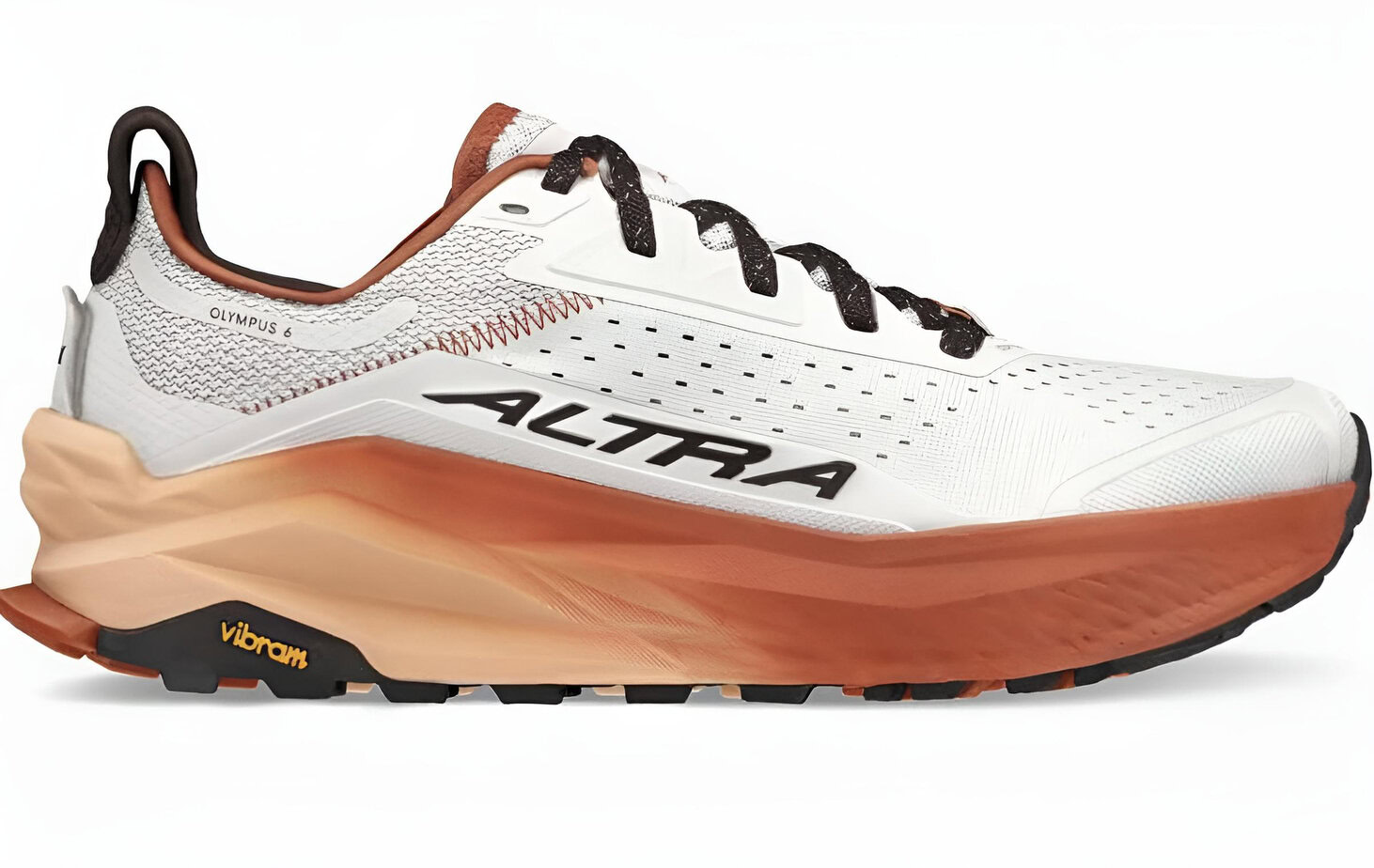 |
Altra Olympus 6
|
Detailed Reviews – Best Bunion-Friendly Shoes 2025

1. Topo Atmos – Best Overall for Bunions ⭐⭐⭐⭐⭐
Perfect For: Runners with mild to severe bunions needing all-around performance
The Topo Atmos is lab-tested and runner-approved as the #1 bunion-friendly running shoe in 2025. After testing across various severities, this shoe delivers exactly what bunions need.

2. Adidas Ultraboost 5 – Best Stretchy Upper ⭐⭐⭐⭐⭐
Perfect For: Moderate to severe bunions needing maximum accommodation
The Adidas Ultraboost 5 combines width (78.6mm) with the stretchiest upper available. After testing with bunion runners, the gentle, adaptive upper is game-changing.

3. Hoka Gaviota 5 – Best Stability for Bunions ⭐⭐⭐⭐⭐
Perfect For: Overpronators with bunions needing stability + comfort
Most stability shoes squeeze bunions. Hoka Gaviota 5 proves you can have both stability support AND bunion accommodation.

4. Altra Provision 8 – Best for Severe Bunions ⭐⭐⭐⭐⭐
Perfect For: Severe bunions, wide feet, zero-drop preference
Altra Provision 8 has the widest toe box available (85mm+) with zero drop design. For severe bunions, this is often the only option that works.
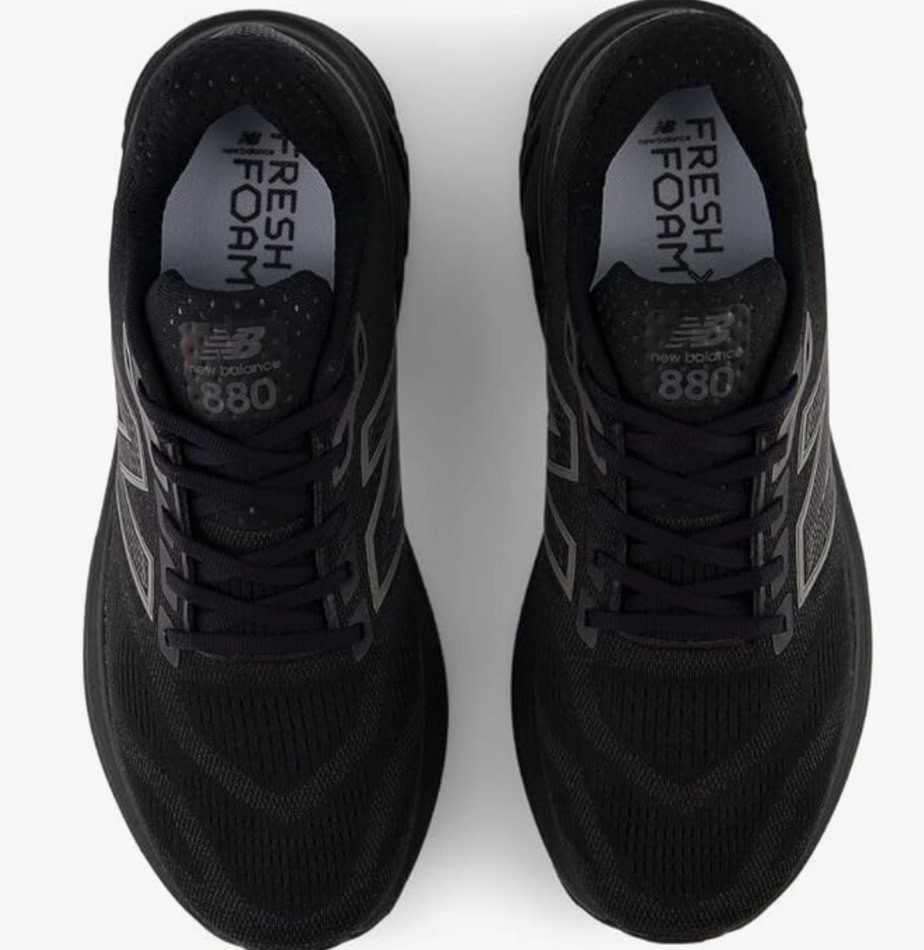
5. New Balance Fresh Foam X 880v15 – Best Budget ⭐⭐⭐⭐
Perfect For: Budget-conscious runners with mild-moderate bunions
New Balance 880v15 proves bunion-friendly shoes with budget pricing, especially when on sale! These are my everyday walking shoes.

6. ASICS Noosa Tri 16 – Best for Tempo Runs ⭐⭐⭐⭐⭐
Perfect For: Bunion runners wanting faster-paced running capability
Most bunion shoes sacrifice speed. ASICS Noosa Tri 16 delivers bunion accommodation in a tempo-capable package.

#7. Perfect For: Trail runners with severe bunions
Trail running + bunions = difficult combination. Altra Olympus 6 solves it with maximum toe box width + trail protection.
Why Bunions Need Special Running Shoes
Most runners don’t understand: bunions aren’t just about width. Here’s what’s actually happening:
What bunions do to your foot:
Bony protrusion at big toe joint
Big toe angles toward other toes
Pressure point creates pain + inflammation
Narrow shoes make it progressively worse
Wrong shoes can increase bunion severity over time
What regular running shoes do wrong:
❌ Narrow, pointed toe box (pushes big toe inward)
❌ Stiff upper material (creates pressure points)
❌ Low toe box height (presses down on bunion)
❌ Seams positioned right over bunion area
❌ Not enough room for toe splay
What bunion-friendly shoes do right:
✅ Wide toe box (room for toes to spread naturally)
✅ Tall toe box (vertical space matters too)
✅ Stretchy, soft upper (accommodates protrusion)
✅ Anatomical/foot-shaped design (follows natural foot shape)
✅ Minimal seams near bunion area
✅ Flat heel (reduces pressure on forefoot)
What to Actually Look For:
The Durability Problem: Why Bunion Shoes Wear Out Faster
Here’s something most bunion shoe articles completely ignore: durability. And honestly, it’s the most frustrating part of running with bunions.
Even the best bunion-friendly shoes develop holes in the mesh. Not after 500 miles like normal shoes. We’re talking 6-12 months of regular running, and suddenly there’s a hole right where your bunion protrudes.
Why this happens:
Your bunion creates constant friction at one specific pressure point. Every step, every mile, that bony protrusion rubs against the shoe’s upper. Over time, the mesh deteriorates faster than anywhere else on the shoe. It’s not a defect—it’s physics. Constant rubbing + friction = premature wear.
Rotate multiple pairs. Seriously.
Why this works:
Mesh doesn’t experience constant rubbing
Material recovers between runs
No single shoe gets destroyed by one pressure point
Extends lifespan from 6 months to 12+ months per pair
What you can do to extend durability:
Rotate shoes (2-3 pair rotation is ideal)
Apply adhesive mesh patches (athletic tape over bunion area inside shoe)
Use reinforcement tape (before hole appears)
Consider Bunion Booties (see next section – protects the shoe)
The bottom line:
Don’t expect your bunion-friendly shoes to last as long as standard running shoes. Plan for durability loss of 30-40% compared to normal shoes. Budget accordingly. You’ll need replacements more frequently. But with a rotation system, you can make pairs last 12+ months instead of 6-9.
Bunion Booties: The Practical Solution Nobody Talks About
Here’s a solution that actually works: Bunion Booties (also called Bunion Protectors or Toe Separators)
Frequently Asked Questions
Should I buy a wide shoe if I have bunions?
Not always. You need a wide TOE BOX, not necessarily a wide entire shoe. A shoe that’s wide everywhere can cause heel slipping. Look for:
Wide/tall toe box specifically
Standard width through midfoot/heel
Or buy “Wide” size if entire foot is wide
Will running make my bunions worse?
Possibly but proper bunion-friendly shoes can actually help by:
Allowing natural toe splay
Reducing pressure on bunion
Not forcing big toe inward
Wrong shoes (narrow, pointed) WILL make bunions worse over time.
What drop is best for bunions?
Lower is better:
0mm (zero drop): Best – Altra
4-6mm: Good – Topo, some Hoka
8-10mm: Acceptable – most brands
12mm+: Avoid – too much forefoot pressure
Can I use a shoe stretcher?
Yes, carefully. A shoe stretcher can help create extra room around the bunion area. But don’t rely on it, buy shoes with proper toe box width from the start.
Do I need orthotics with bunion-friendly shoes?
Try shoes first. Many runners find proper toe box width eliminates the need for orthotics. If pain persists, consult a podiatrist.
How long do bunion-friendly shoes last?
300-500 miles – Same as regular running shoes. The wider toe box doesn’t affect durability.
Should I size up for bunions?
Usually no. Sizing up creates heel slipping and blisters. Instead:
Buy shoes with proper toe box WIDTH
Try Wide or X-Wide sizing if available
Focus on toe box shape, not overall size


